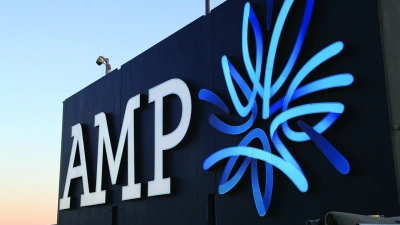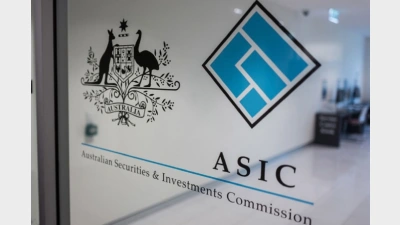Cost-cutting likely to result in bland MySuper funds
MySuper products are likely to turn out to be bland asset allocation products, since superannuation funds will struggle to differentiate MySuper funds from their current offerings and their pricing structures.
HLB Mann Judd senior manager of superannuation, Neil Howard, believes many retail super products were built with an enormous range of investment choices with different cost layers attached, and super funds couldn’t use them as a guide on how to create a cost-effective MySuper product.
Super funds were likely to create a MySuper product with an entirely bland asset allocation strategy as a result, Howard said.
It is still unclear as to how the Australian Prudential Regulation Authority will determine what is an appropriate level of cost for a Mysuper product.
Howard said it was currently entirely up to individual trustees to set up their own investment strategy and fee structures for Mysuper.
REST Super chief operating officer Paul Sayer said his company was unclear about the approach the Government would take to MySuper, since the scheme didn’t seem to fit the model of master trust corporate offerings with multiple pricing structures.
REST’s Core Investment Strategy within its industry fund division seemed to “tick the MySuper Boxes” but it was hard to say how they would develop a MySuper solution without knowing how the regulations would be structured, Sayer said.
Recommended for you
Introducing a cooling off period in the process of switching super funds or moving money out of the sector could mitigate the potential loss to fraudulent behaviour, the outgoing ASIC Chair said.
Widespread member disengagement is having a detrimental impact on retirement confidence, AMP research has found.
Economists have warned inflation risks remain elevated even as the RBA signals policy is sitting near neutral after its latest hold.
Australia’s superannuation funds are becoming a defining force in shaping the nation’s capital markets, with the corporate watchdog warning that trustees now hold systemic importance on par with banks.









